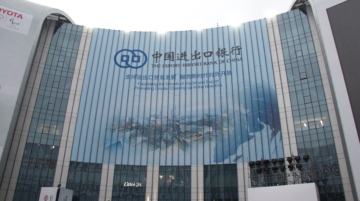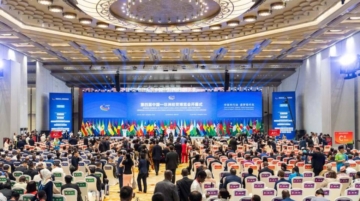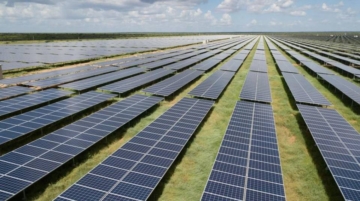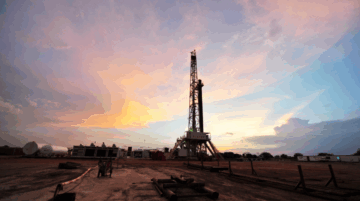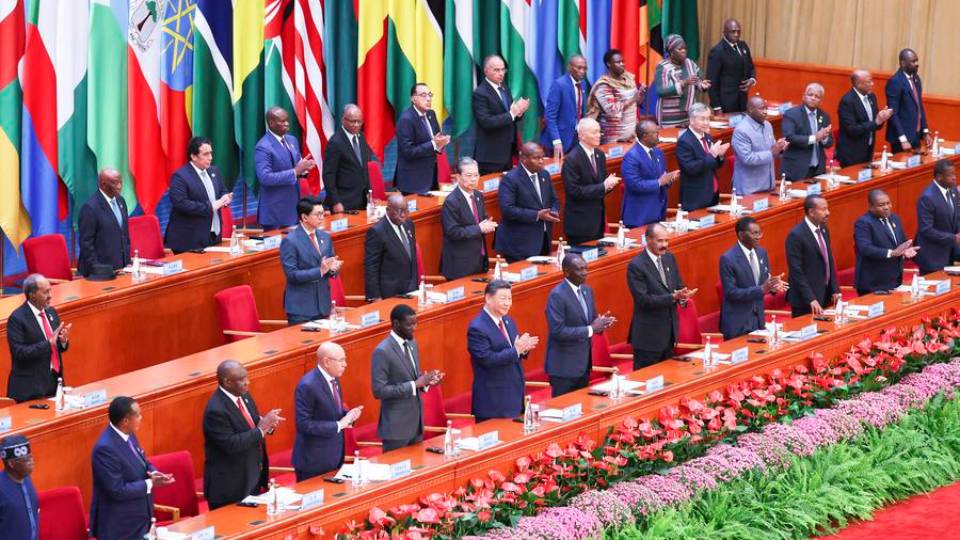
China’s role in African power generation is substantial. Chinese-backed projects account for approximately 23 GW of installed generation capacity across at least 27 countries in Sub-Saharan Africa – nearly 20 percent of the region’s total. This footprint reflects more than just a financial commitment; it signals a long-standing and evolving presence that is reshaping how energy infrastructure is financed and delivered. The table below outlines the countries with the highest state-sponsored Chinese installed generation capacity in the region, offering a snapshot of the scale and geographic spread of China’s involvement.
Countries with the highest Chinese state-sponsored installed generation capacity
| Country* | Installed CSP generation capacity (MW) |
| Sudan | 1,920 |
| Nigeria | 1,829 |
| Uganda | 1,461 |
| Zambia | 1,124 |
| Zimbabwe | 1,000 |
| Ghana | 989 |
| Ethiopia | 726 |
| Guinea | 690 |
| Democratic Republic of Congo | 402 |
| Cote d’Ivoire | 387 |
*South Africa is excluded as Chinese investment in the large-scale Medupi and Kusile projects was limited, making it inaccurate to claim the highest Chinese-funded installed capacity in sub-Saharan Africa.
Source: Adapted from Boston University China Global Power Database.
These figures reflect not a recent surge, but years of steady involvement – often through bilateral negotiations, state-sponsored loans, and turnkey engineering, procurement, and construction (EPC) arrangements.
Yet despite the scale of this presence, Chinese-supported power generation projects remain poorly understood by many outside actors. One reason for this is that China’s overseas investments – particularly in infrastructure – do not follow a single template. While the country’s engagement is often framed in public discourse as monolithic or state-directed, the reality is more layered. China is not one actor, but many.
Its overseas infrastructure engagement is shaped by a range of institutions: policy banks, commercial lenders, state-owned enterprises (SOEs), private developers, line ministries, provincial authorities, and export credit agencies. These actors do not always move in lockstep. They pursue overlapping – but sometimes competing – priorities, and operate within an investment framework that is often opaque to external observers.
Let’s begin with an explanation of the key players in this space. Understanding who these actors are and how they interact is fundamental. Take, for example, China’s policy banks, the China Development Bank (CDB) and the Export-Import Bank of China (CHEXIM). These two institutions have historically provided the backbone of Chinese infrastructure finance abroad.
Their lending is often tied to engineering, procurement, and construction contracts carried out by Chinese SOEs, under what is commonly known as the engineering, procurement, and construction plus finance (EPC+F) model. In this structure, funding is extended to a host country (via a loan), and a Chinese contractor is selected to design and build the project. The infrastructure is usually publicly owned, but built entirely by the Chinese entity, with limited participation from local firms.
Another increasingly visible model is foreign direct investment (FDI). Under this approach, Chinese companies – sometimes SOEs, sometimes privately owned – take on a direct equity stake in a project. This may occur within the context of an Independent Power Producer (IPP) arrangement or through joint ventures with local partners.
Both models have advantages and risks. EPC+F projects may offer large financing and strong state backing, but often rely on sovereign guarantees and create long-term debt obligations. FDI-based investments can distribute risk more evenly and avoid direct public debt, but may offer host governments less control over project outcomes.
Much of the engagement with China around infrastructure – whether by African governments, regional bodies, or development partners – fails not because of a lack of opportunity, but because of a lack of clarity around these internal dynamics.
Closely tied to how Chinese-supported power generation projects are structured is one of the least discussed – but most consequential – aspects of China’s engagement: the extensive internal coordination required across Chinese institutions to get a project off the ground. Within China, overseas energy investments must often navigate overlapping bureaucratic pathways: from provincial approval for SOEs, to creditworthiness assessments by banks, to ministry-level sign-offs for projects deemed strategically significant.
These processes are not always transparent. They can cause delays. They can also create confusion for African partners negotiating across what may appear to be a single project team but is, in fact, a coalition of separate institutions with different incentives.
Compounding this is the evolving nature of China’s external engagement. In 2021, President Xi Jinping announced that China would no longer support new coal-fired power plants abroad. While the practical implications of this pledge are still unfolding, the policy has signalled a slow but real shift in focus. Chinese firms, once synonymous with large hydro and thermal power projects, are increasingly involved in renewable energy supply chains.
Chinese solar panels, wind turbines, inverters, and batteries are now commonly used in African projects—even where China is not the financier. Yet, despite China’s technological dominance in clean energy manufacturing, non-hydro renewables still account for only about 3.8 percent of installed capacity across Chinese-backed power projects in Africa.
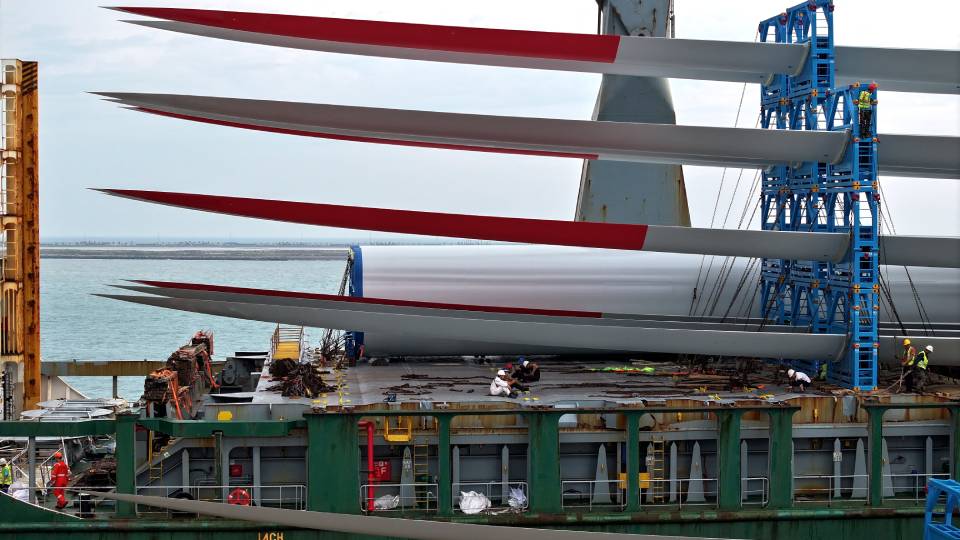
An ocean freighter is loading wind power mixing equipment for export to South Africa at the port of Lianyungang in Lianyungang, China, on July 4, 2024. (Photo by Costfoto/NurPhoto) (Photo by CFOTO / NurPhoto / NurPhoto via AFP)
There are reasons for this. Many renewable projects on the continent are small in scale, fragmented, or commercially risky without subsidies or guarantees. These characteristics make them less attractive to Chinese policy banks, as internal coordination within China’s investment apparatus tends to favor large, centralized infrastructure investments, which can be more easily approved and deployed by state-linked actors. As a result, China’s project pipeline continues to favor hydro over solar and wind, despite the shifting global energy narrative.
What this points to is not a lack of interest or capability on China’s part, but the importance of understanding how China works internally – what its banks will finance, what its firms are looking for, and how its domestic policy changes are translating (or not) into overseas investment behavior. Much of the engagement with China around infrastructure – whether by African governments, regional bodies, or development partners – fails not because of a lack of opportunity, but because of a lack of clarity around these internal dynamics.
This underscores a central challenge for African stakeholders and international observers alike: interpreting Chinese engagement through the lens of its internal diversity, not external uniformity. Too often, Chinese infrastructure projects are discussed in sweeping terms—“China is building,” “China is funding”—without recognizing the constellation of actors and interests involved. In reality, the success or failure of a given project may depend less on geopolitical intent than on a financing committee’s risk tolerance, a provincial SOE’s incentives, or a ministerial green light that never comes.
To engage productively with Chinese partners, African governments and development agencies must move beyond simplistic narratives and cultivate deeper institutional literacy. This means understanding which Chinese actors are relevant at different stages of a project’s life cycle, and how their mandates and constraints evolve over time. It also means developing the capacity to engage these actors not only as funders or contractors, but as negotiators, stakeholders, and sometimes competitors within their own system.
As China’s own energy ambitions evolve, shaped by domestic decarbonization targets, industrial policy, and shifting global norms, its overseas investments will continue to change. But whether those changes serve Africa’s interests will depend not just on China’s direction, but on the clarity and confidence with which African governments engage. In that sense, the future of Chinese-backed power generation in Africa is not only a story about what China brings to the table, but about how African actors shape the terms of that engagement.
Adjekai Adjei is CGSP’s Non-Resident Fellow for Africa.
_________________________________

About This Series
This article is part of “The Porcelain Jar at the End of the Rainbow,” a new series from the China Global South Project that unpacks how Chinese-backed power projects in Africa actually work. As global development partners shift and electricity demand rises, understanding China’s role — from financing and procurement to project delivery — has never been more important. Each installment offers practical, field-informed insights for policymakers, developers, and researchers navigating complex infrastructure environments.
The series is complemented by CGSP’s interactive Energy Tracker, a tool that maps Chinese-supported power generation projects across Africa, including data on capacity, financing, ownership, and implementation status.




